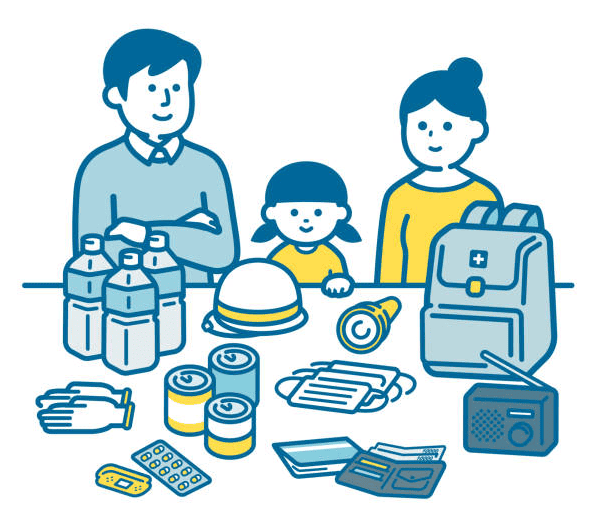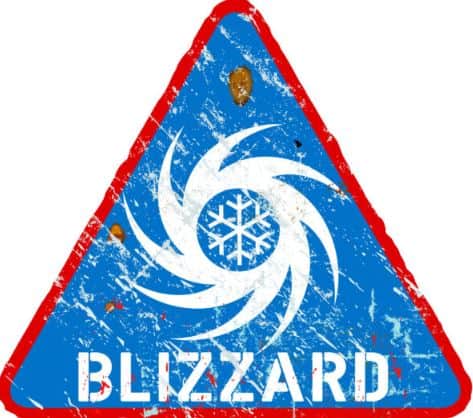How to Make a Fire Escape Plan: Essential Steps for Safety
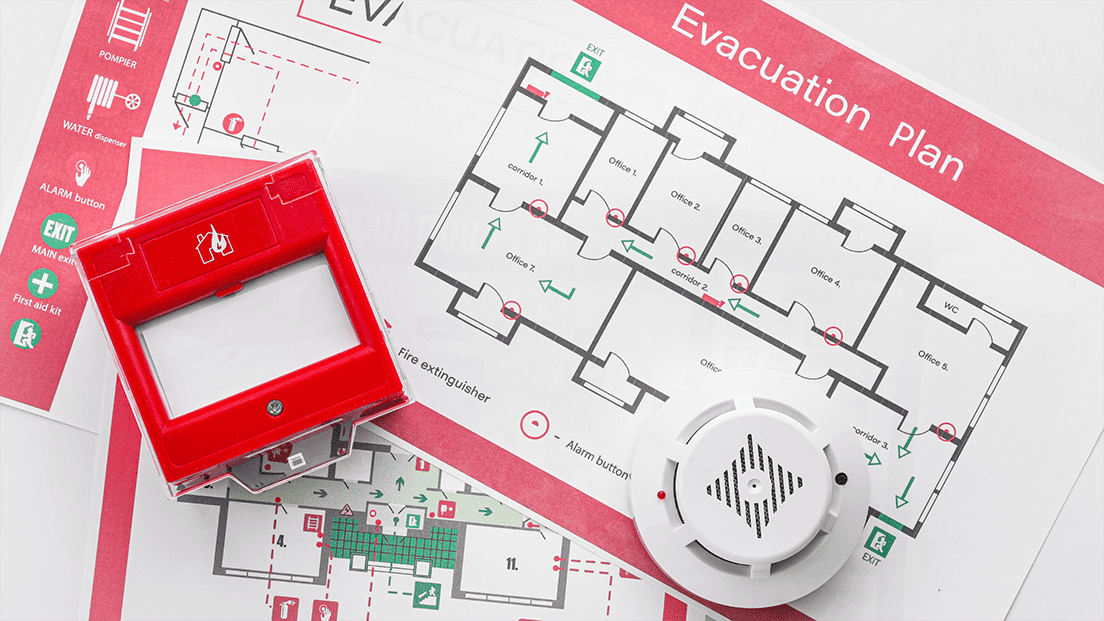
In times of emergency, knowing how to make a fire escape plan can be a life-saving skill. Fires can strike unexpectedly, making it crucial to have a well-thought-out evacuation strategy in place. By understanding the steps involved in creating a fire escape plan and practicing it regularly, you can ensure the safety of yourself and your loved ones. This blog post will provide you with practical tips and guidance on crafting an effective fire escape plan for your home, giving you peace of mind in case of an emergency.
Key Takeaways
- Create a fire escape plan: Develop a detailed plan that includes multiple escape routes from each room in your home.
- Practice regularly: Conduct fire drills at least twice a year to ensure everyone knows what to do in case of a fire.
- Communicate effectively: Establish a communication strategy with family members and designate a meeting point outside the home.
- Consider high-rise specifics: If living in a high-rise building, understand the unique evacuation procedures and practice using stairs for escape.
- Prioritize children’s safety: Involve children in creating and practicing the escape plan, ensuring they understand the procedures.
- Utilize additional resources: Explore online guides, videos, and local fire department resources to enhance your fire safety knowledge and preparedness.
Fire Safety Basics
Share Messages
Spread fire safety messages with neighbors and friends to raise awareness about the importance of fire escape plans. Encourage others to create their own plans to ensure everyone’s safety in case of emergencies.
Utilize Safety Graphics like infographics and posters to visually illustrate fire escape routes and safety tips effectively. Design eye-catching graphics that highlight the significance of having a well-thought-out fire escape plan.
Utilize Pictographs
Simplify fire escape plan instructions by using pictographs. Incorporate visual symbols that depict evacuation procedures clearly for easy understanding. Create pictorial representations of exit routes to provide quick reference during emergencies.
Informative Handouts
Prepare detailed handouts outlining the steps to create a comprehensive fire escape plan. Distribute these informative handouts containing essential fire safety information to households in your community. Offer specialized handouts for residents living in high-rise buildings, emphasizing the importance of tailored escape plans for such structures.
Planning Your Escape

Personalized Plan
Exit Routes
- Identify and mark primary and alternative exit routes in your home.
- Ensure all family members are aware of the different exit routes available.
- Regularly check and maintain clear pathways for easy evacuation.
Meeting Points
- Establish a designated meeting point outside your home for family members.
- Emphasize the importance of gathering at the meeting point during drills.
- Choose a meeting point that is easily accessible and visible.
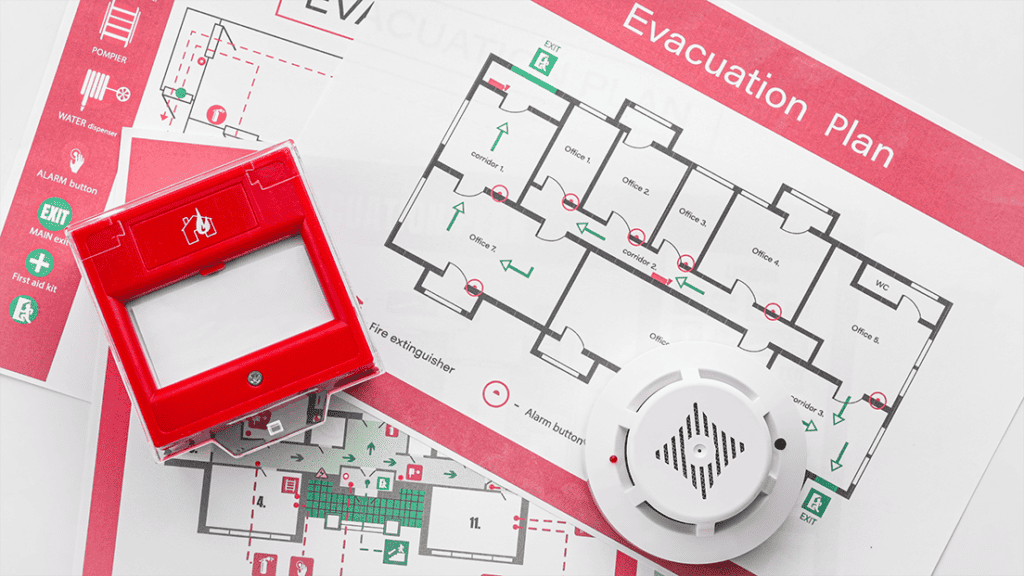
High-Rise Considerations
Exit Stairs
- Familiarize yourself with the location of exit stairs in high-rise buildings.
- Practice using the exit stairs as part of your evacuation plan.
- Understand the importance of not using elevators during a fire emergency.
Evacuation Practice
- Conduct regular evacuation drills to practice your fire escape plan.
- Time the drills to ensure they can be completed within the recommended 2 minutes.
- Evaluate the effectiveness of your evacuation practice sessions.
Practice Drills
Conduct Drills
- Initiate surprise fire drills to simulate real-life emergency situations.
- Involve all household members in the fire drill exercises.
- Monitor the evacuation speed and efficiency during practice sessions.
Review Procedures
- Review and update your fire escape plan annually or as needed.
- Modify evacuation procedures based on changes in your home layout.
- Ensure everyone understands their roles and responsibilities during an evacuation.
Effective Communication
Social Media Use
ial media platforms are powerful tools for sharing fire safety tips and resources with a wide audience. By posting regular updates on fire escape planning, individuals can stay informed and prepared. Creating interactive content such as polls or quizzes can encourage community participation in vital fire safety discussions.
Video Resources
Educational videos play a crucial role in demonstrating the implementation of fire escape plans effectively. Sharing video tutorials specifically focusing on creating high-rise fire escape plans can provide valuable insights to viewers. Collaborating with experts to produce engaging and informative fire safety videos enhances the reach and impact of the educational content.
Distribute Handouts
Distributing printed handouts containing essential fire safety guidelines within local communities is an effective way to raise awareness. Partnering with schools and organizations to distribute these materials ensures that a broader audience receives critical information on fire escape planning. Including contact information for local fire departments in the distributed handouts offers individuals immediate access to professional assistance in emergency situations.
Tailoring To High-Rises
Unique Challenges
Individuals with mobility issues face unique challenges in fire escape planning, requiring special considerations. For those with limited mobility, it’s crucial to ensure that evacuation routes are easily accessible. Specialized guidance should be provided to cater to their specific needs and limitations. Households with elderly or young family members need to have a clear and concise escape plan in place. Ensuring that everyone understands the plan is essential for a successful evacuation.
Consideration should also be given to pets during fire escape planning. Pets are part of the family and must be included in the evacuation process. Make sure to account for their needs and have a designated plan for evacuating them safely along with the rest of the household.
Evacuation Strategies
Developing evacuation strategies tailored to different scenarios is vital for high-rise buildings. Distinct plans should be established for daytime versus nighttime evacuations, considering factors like visibility and potential panic situations. It’s important to plan for alternative escape routes in case primary exits are blocked due to fire or other obstacles.
Training family members on various evacuation strategies enhances overall preparedness. Conduct regular drills to practice different scenarios, ensuring that everyone knows what to do in case of an emergency. By familiarizing themselves with multiple evacuation strategies, individuals can react calmly and swiftly during a crisis situation.
Children’s Safety
Educational Videos
Produce educational videos focusing on fire prevention for children and families. Collaborate with fire safety experts to ensure accurate and reliable information. The videos should emphasize the importance of fire drills in a clear and engaging manner.
- Work with professionals to create informative content.
- Demonstrate the significance of regular fire drill practice.
Safety Tips
Share practical safety tips to prevent fires at home, especially crucial for kids’ safety. Highlight the necessity of maintaining working smoke alarms and accessible fire extinguishers. Educate families on developing an effective emergency communication plan.
- Offer guidance on preventing fires in households.
- Stress the importance of functional smoke alarms and extinguishers.
- Assist families in creating emergency communication strategies.
Regular Review and Practice
Update Plan
Regularly review and update your fire escape plan to ensure its effectiveness. Modify the plan promptly to reflect any changes in your household layout or family members. Incorporate feedback from evacuation drills to enhance the plan’s efficiency. Ensure all family members, especially children, are informed of any updates to the fire escape plan.
Practice Schedule
Establish a consistent schedule for conducting fire escape drills to ingrain preparedness. Set reminders on your calendar or phone to practice your fire escape plan at least twice a year. By practicing regularly, you can improve response times and familiarize everyone with the evacuation procedures. Include different scenarios in your practice schedule, such as varying escape routes or obstacles, to ensure comprehensive readiness.
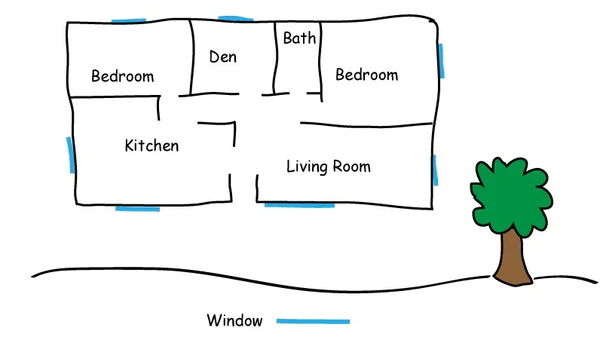
Additional Resources
Online Tools
Explore a variety of online tools and resources available for creating personalized fire escape plans. Utilize interactive platforms that offer step-by-step guidance on developing effective evacuation strategies. These tools often include features such as room layout customization and exit route planning.
Consider using virtual simulations to practice emergency evacuation procedures in a realistic setting. These simulations can help you familiarize yourself with different scenarios, enhancing your preparedness for potential emergencies. Look for platforms that allow you to simulate various fire outbreak situations.
Access online platforms that provide fire safety checklists and planning templates to streamline the process of creating a comprehensive escape plan. These resources can serve as valuable guides in ensuring that all essential aspects of fire safety are covered in your plan. Make use of customizable templates to tailor the plan according to your specific needs.
Community Support
Engage with local community organizations dedicated to promoting fire safety awareness. Participate in workshops, seminars, and training sessions organized by these groups to enhance your knowledge of fire safety practices. Collaborate with like-minded individuals who share a common goal of creating safer living environments.
Partner with your local fire department to organize community-wide events focused on fire safety education. These events can include demonstrations, drills, and informational sessions aimed at raising awareness about fire prevention and emergency response strategies. By working closely with firefighters, you can gain valuable insights into best practices for handling fire emergencies.
Encourage collaboration among neighbors to develop neighborhood fire escape plans. Establish communication channels within your community to discuss evacuation routes, designated meeting points, and emergency contacts. By fostering a sense of collective responsibility, you can strengthen the overall preparedness level of your neighborhood.
Final Remarks
Incorporating a well-thought-out fire escape plan is crucial for your safety and that of your loved ones. By understanding fire safety basics, planning your escape routes, ensuring effective communication, tailoring plans to high-rises, considering children’s safety, committing to regular review and practice, and utilizing additional resources, you are taking proactive steps to protect yourself in the event of a fire. Remember, preparation is key to handling emergencies effectively.
Take the time today to review your fire escape plan with your family members or colleagues. Practice the plan regularly and make any necessary adjustments. Your preparedness can make a significant difference in ensuring everyone’s safety during a fire emergency.
Frequently Asked Questions
How important is having a fire escape plan?
Having a fire escape plan is crucial for ensuring the safety of yourself and your loved ones in case of a fire emergency. It helps everyone know what to do, where to go, and how to evacuate quickly and safely.
What are the key components of an effective fire escape plan?
An effective fire escape plan includes identifying all possible exits, designating a meeting point outside, practicing the plan regularly with all household members, and ensuring everyone knows how to contact emergency services.
How can I involve children in creating a fire escape plan?
Involving children in creating a fire escape plan is essential. Use simple language, assign age-appropriate tasks like crawling low under smoke, practice together regularly, and make it a fun and engaging activity to ensure they understand the importance of fire safety.
Why is communication important during a fire emergency?
Communication is vital during a fire emergency to ensure everyone in the household is aware of the situation and follows the escape plan. Clear communication helps prevent panic, ensures everyone evacuates safely, and allows for accountability during drills and real emergencies.
Where can I find additional resources for creating a comprehensive fire escape plan?
For additional resources on creating a comprehensive fire escape plan tailored to your specific needs, you can reach out to local fire departments, access online guides from reputable sources like NFPA (National Fire Protection Association), or attend community workshops on fire safety.

